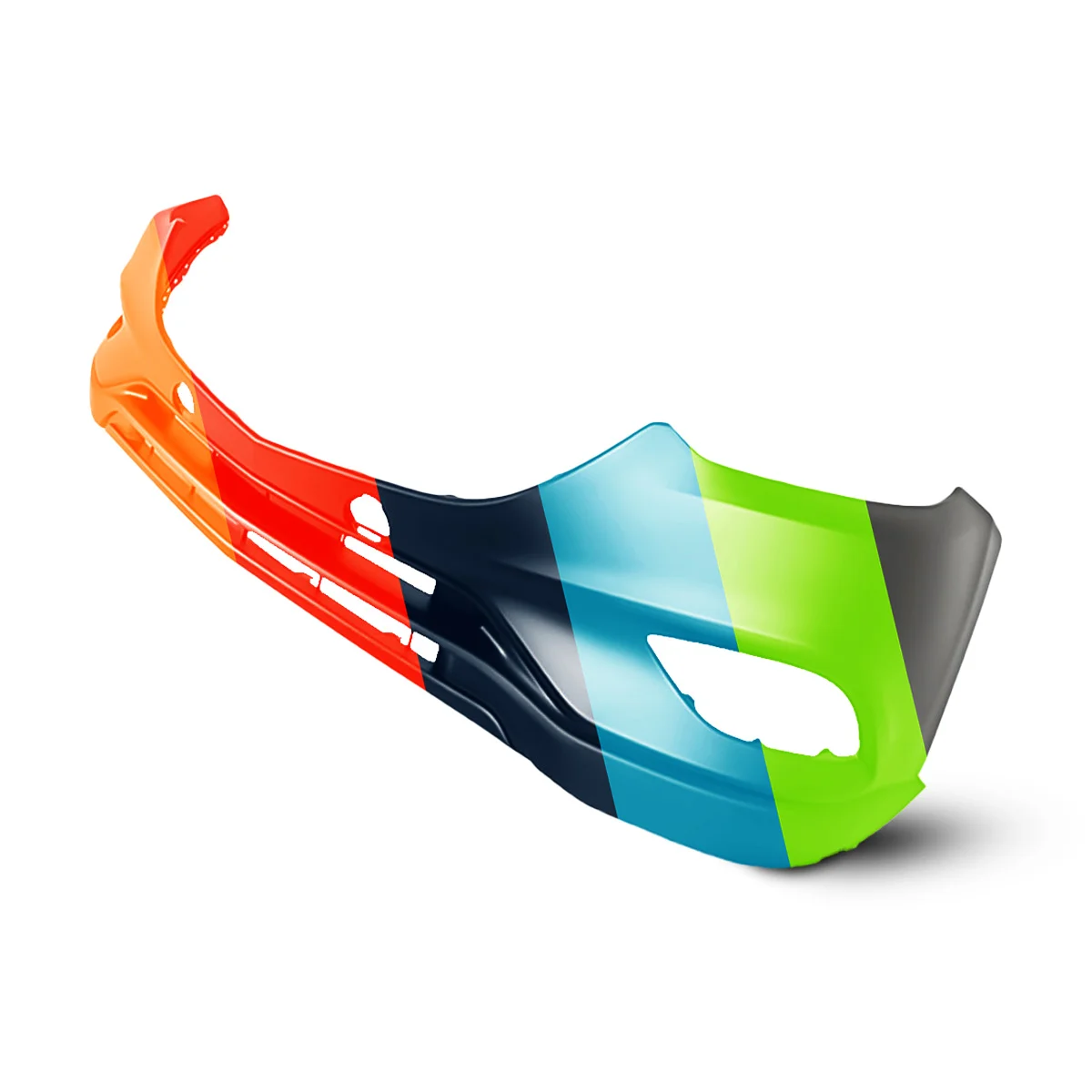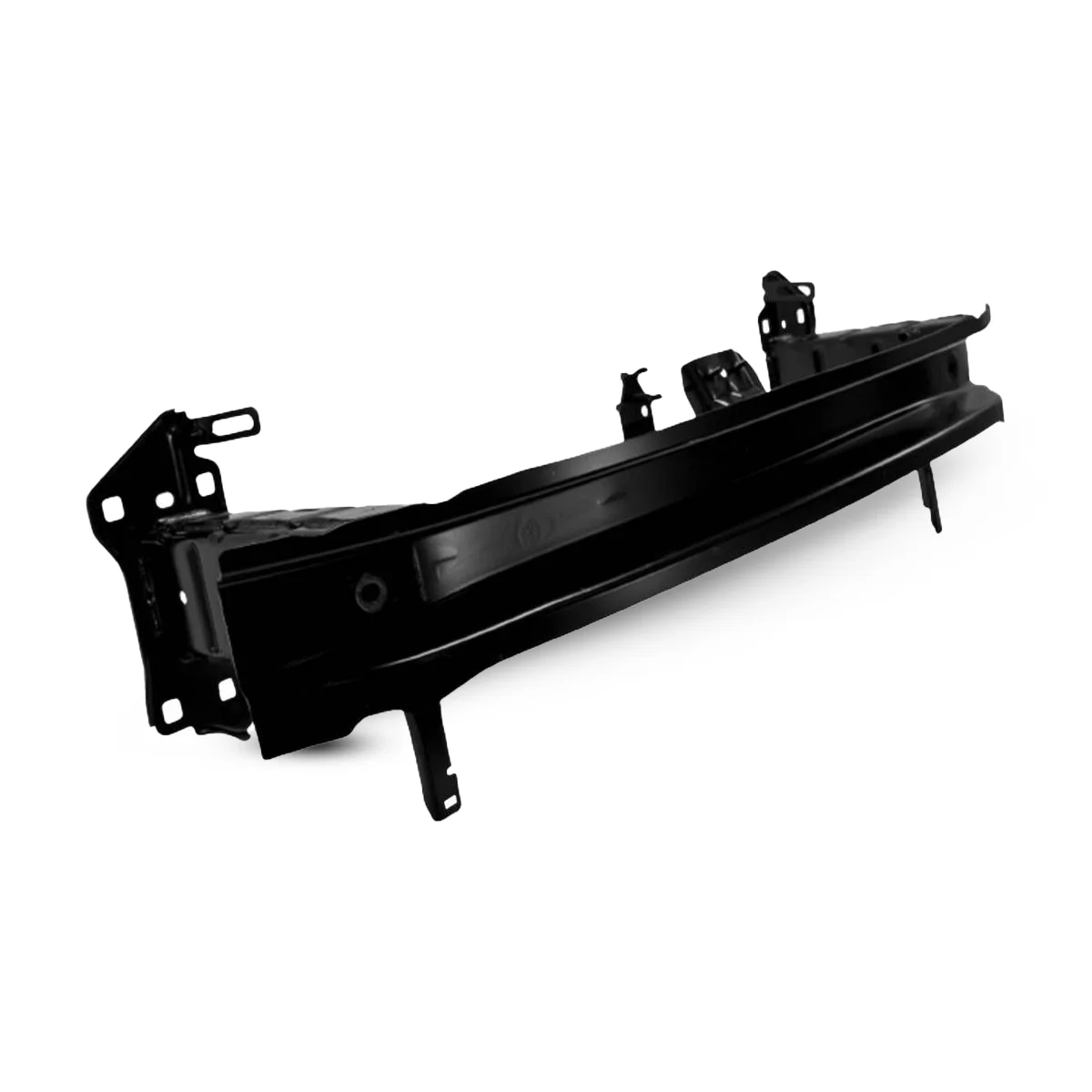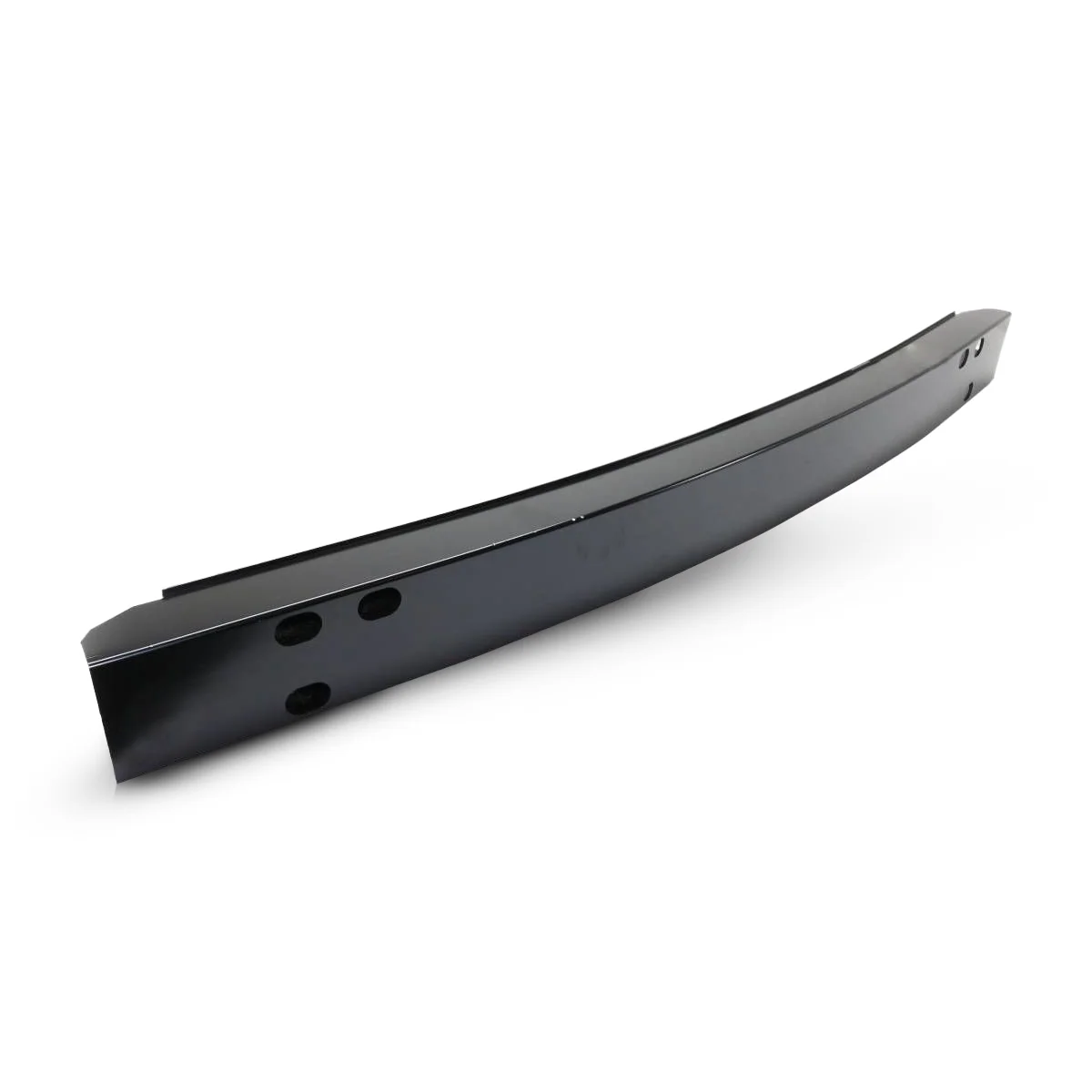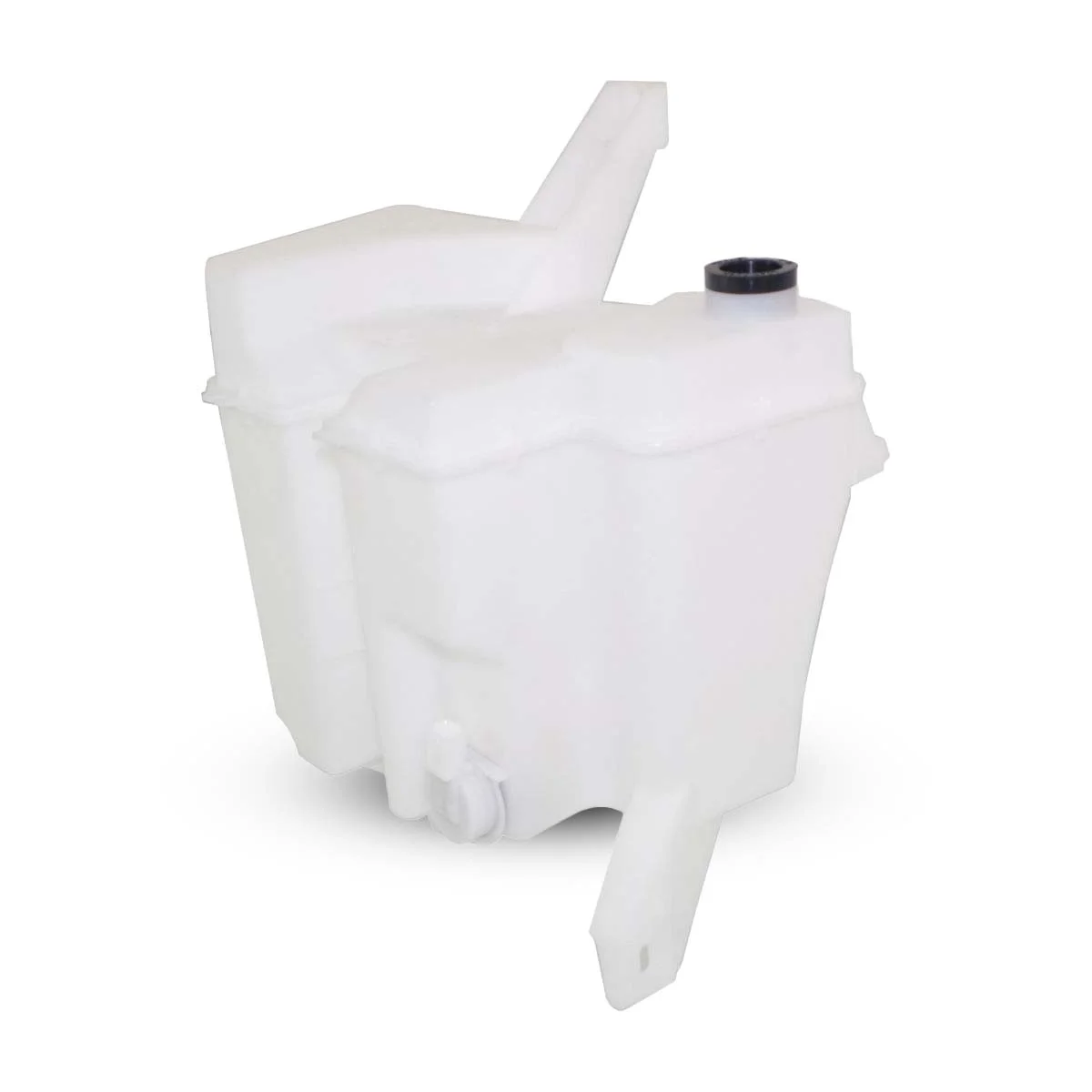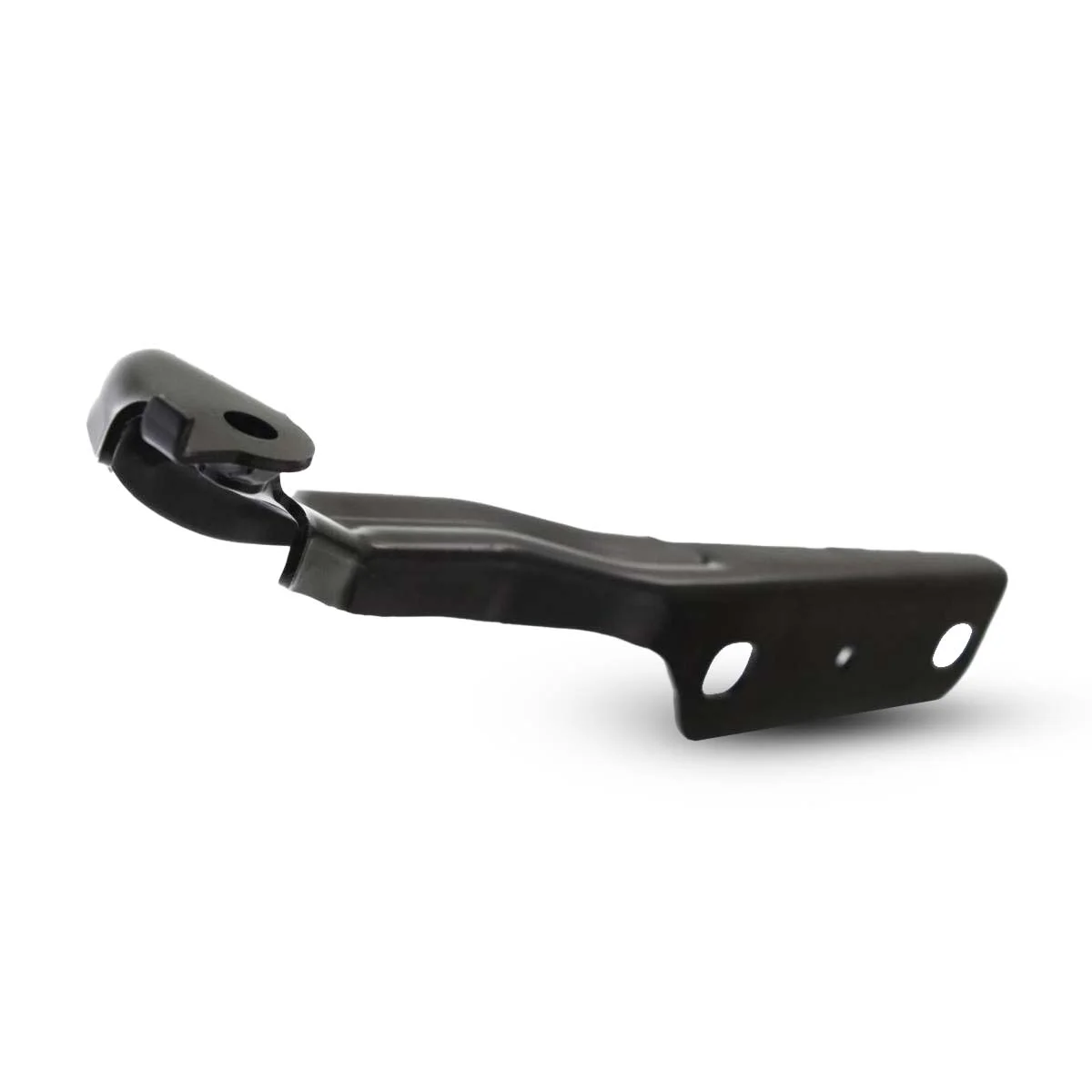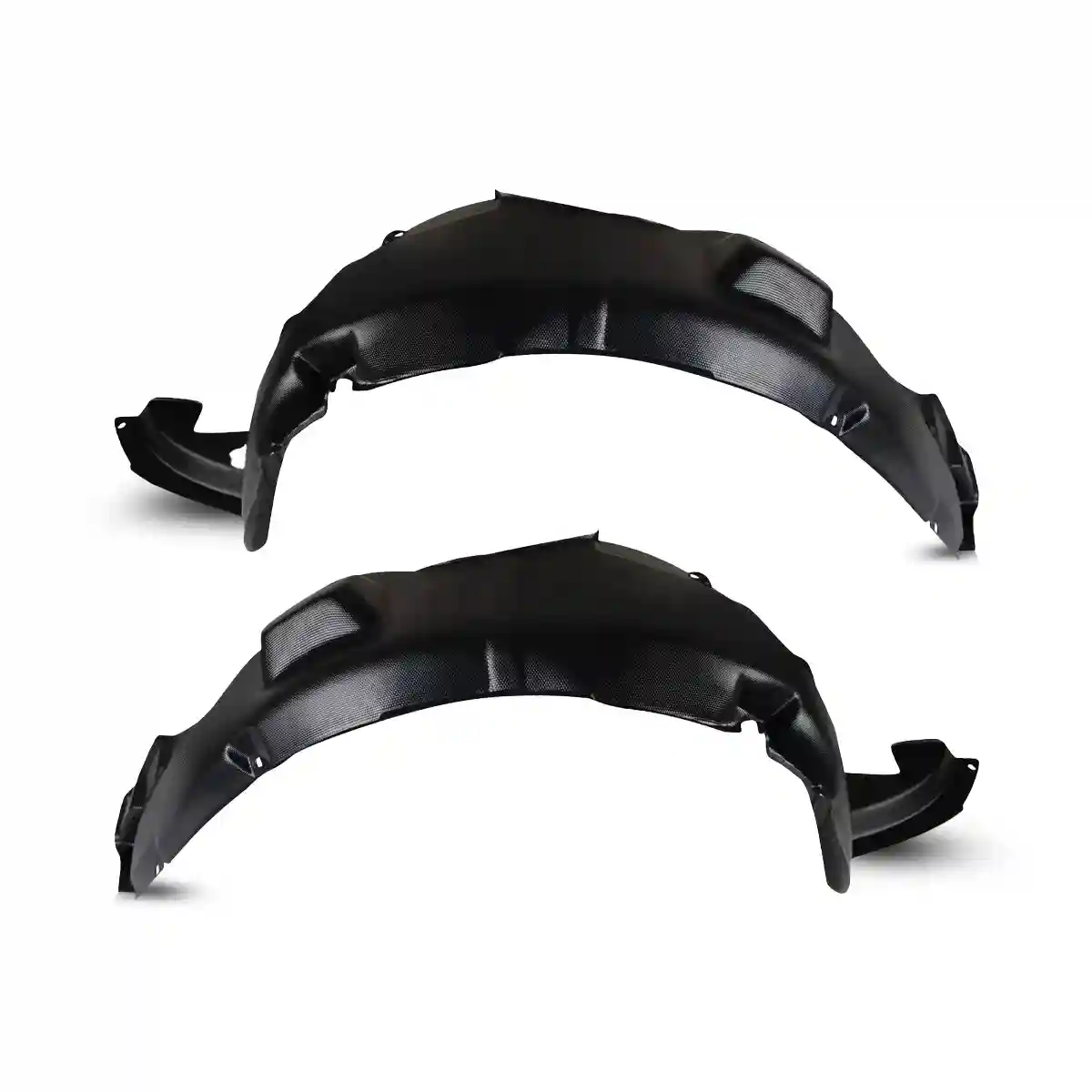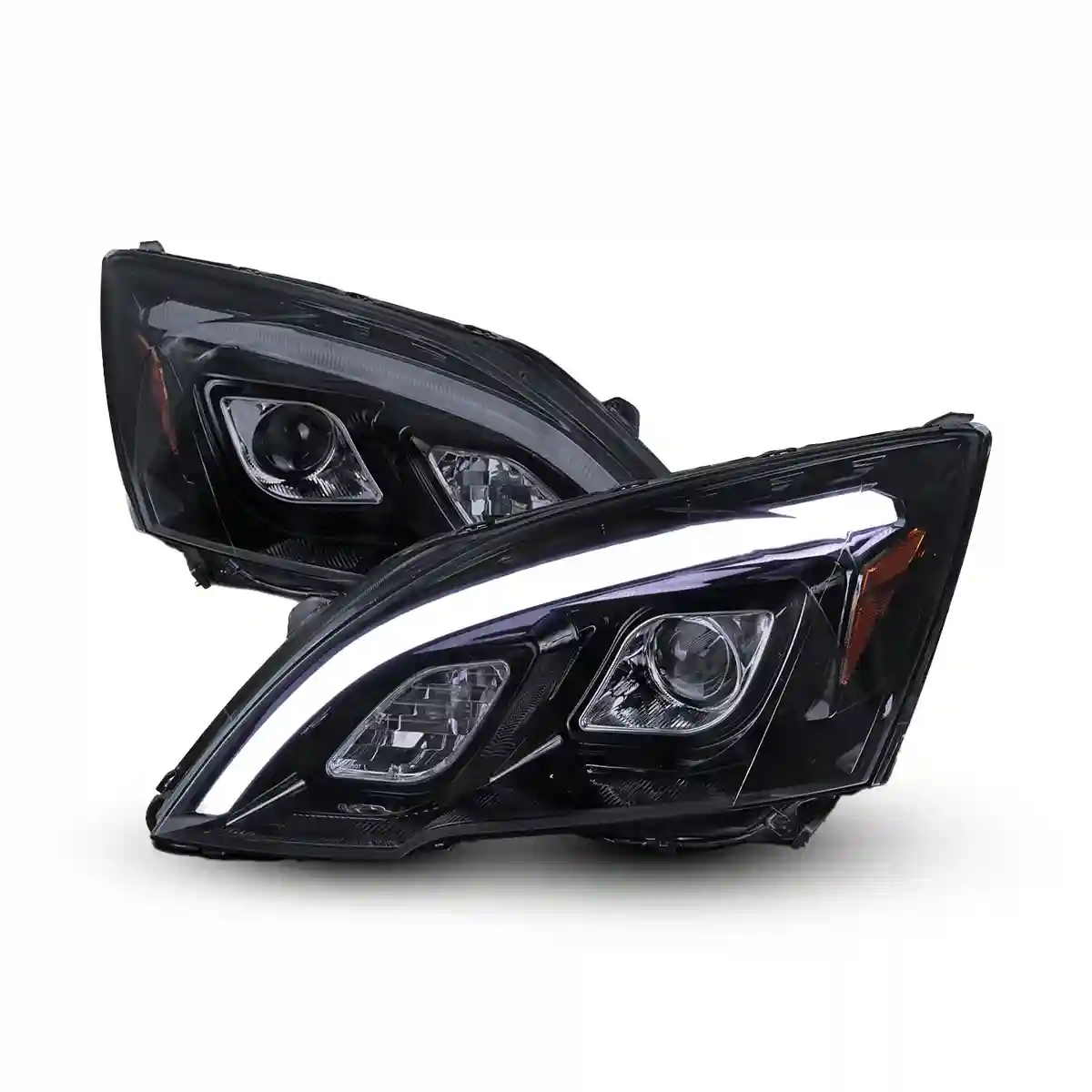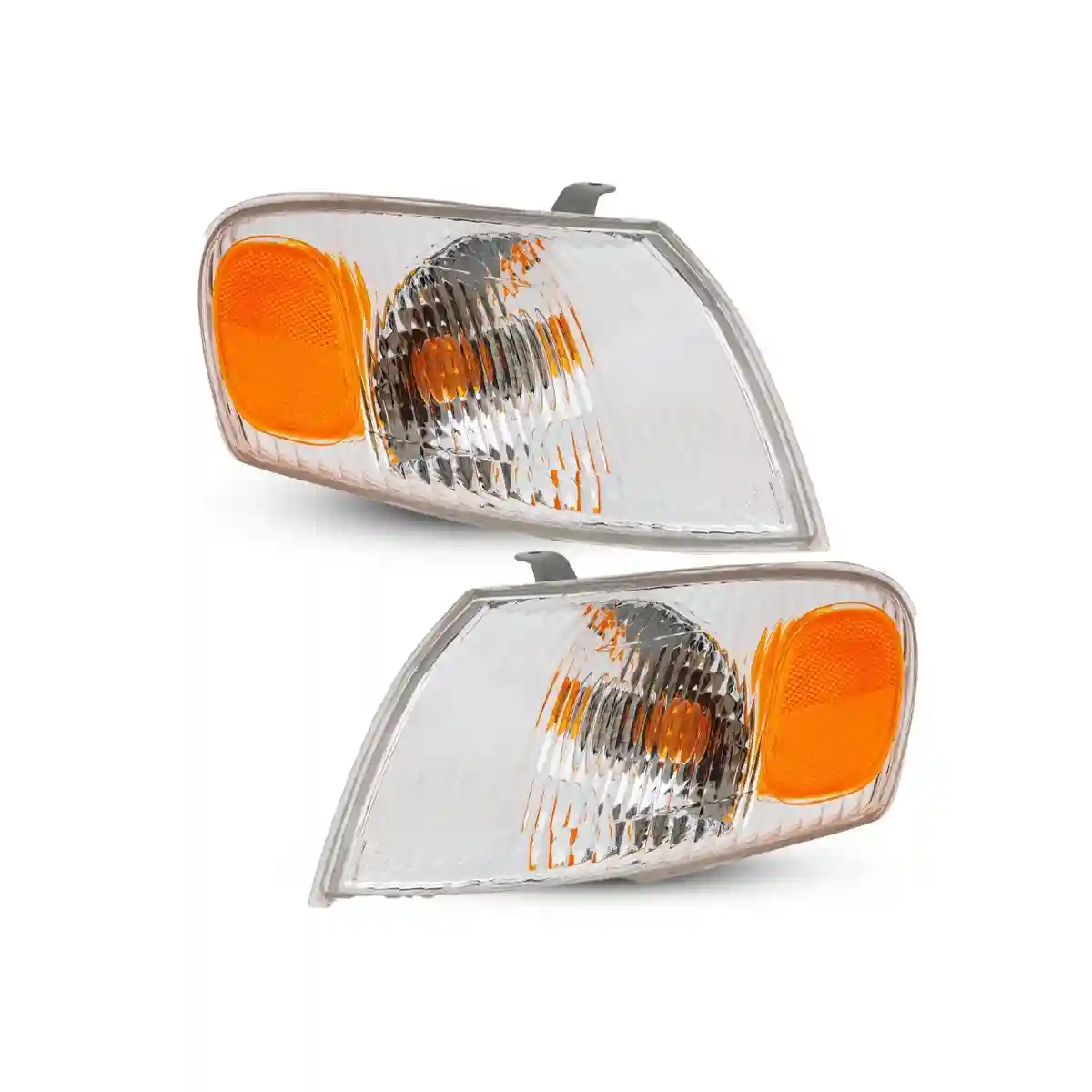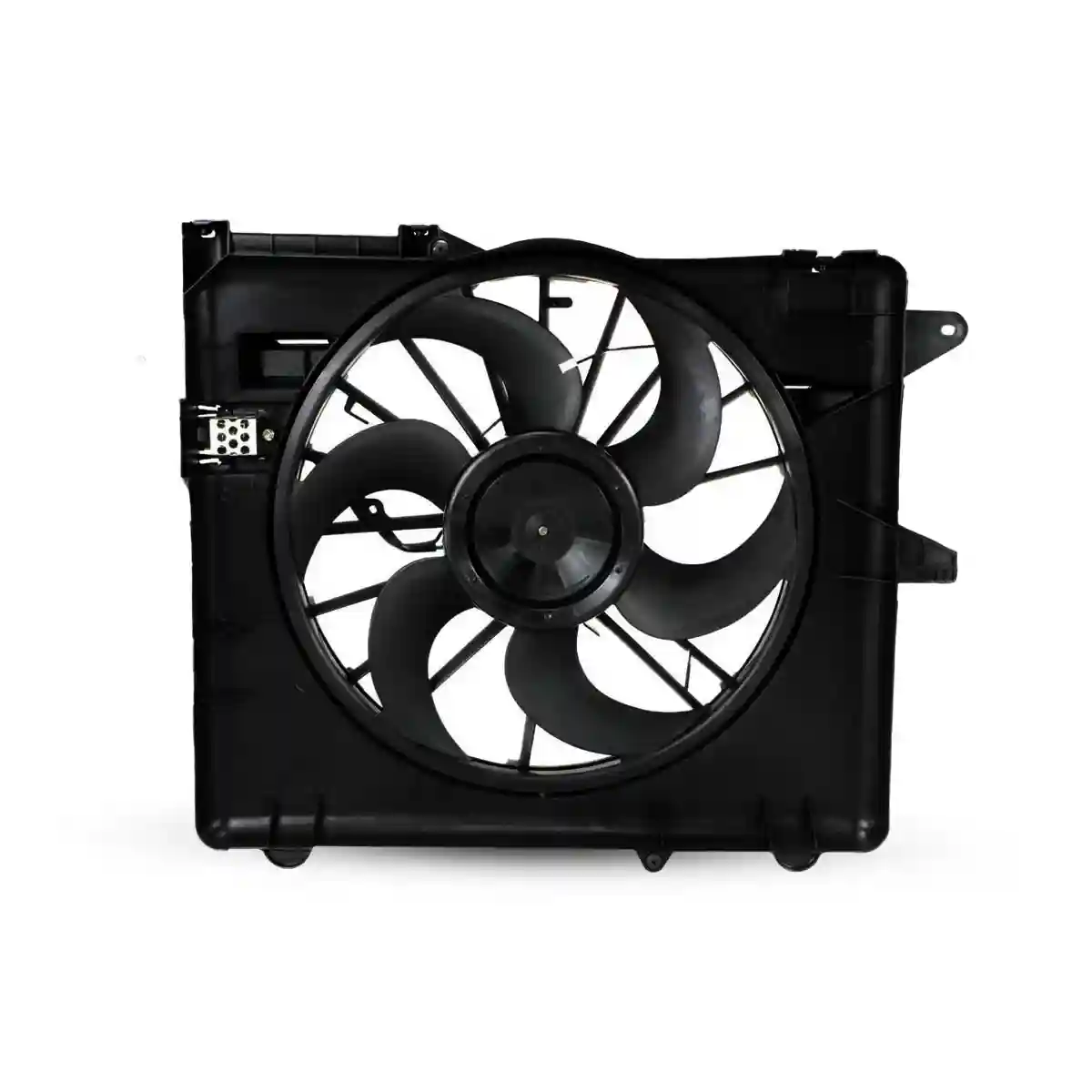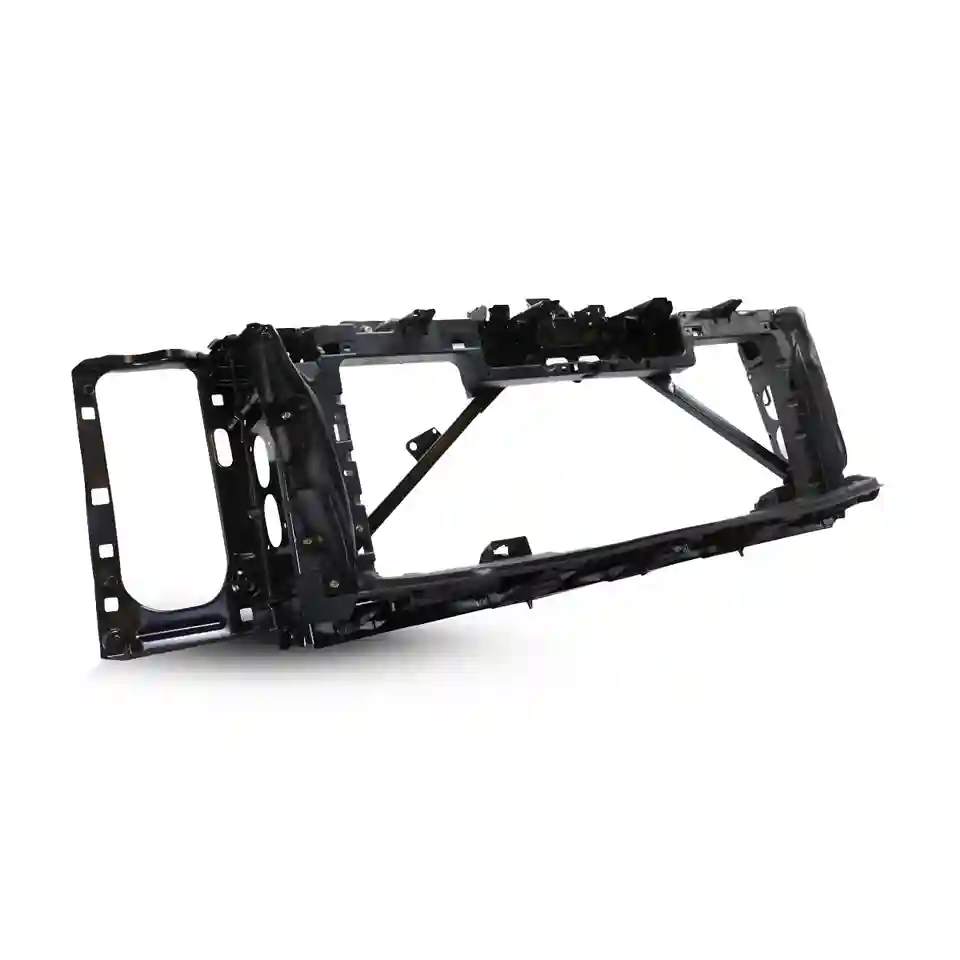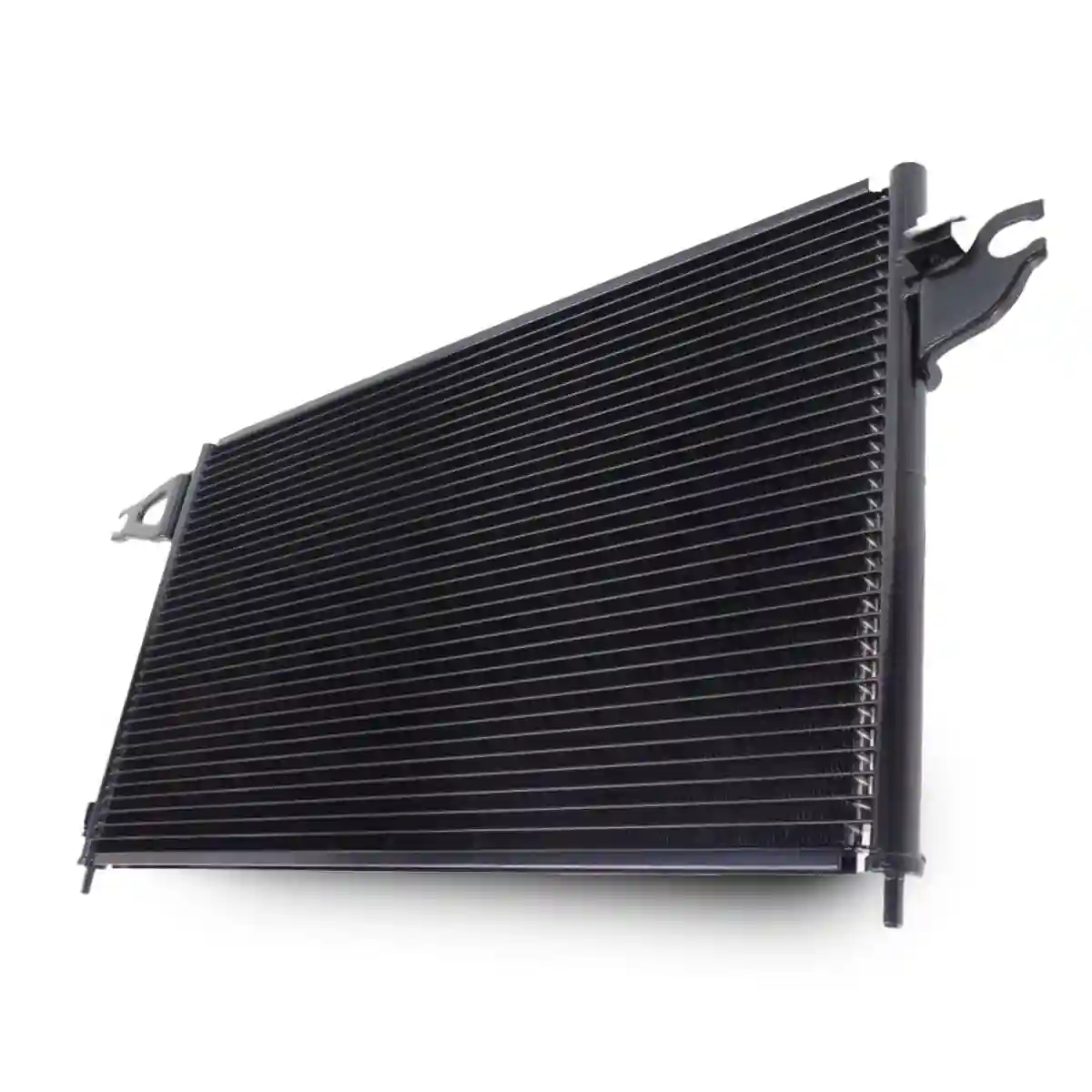As winter approaches, maintaining your vehicle's paint can become an intimidating task, yet it is crucial to protect against the season's harsh conditions. You'll find that without proper care, corrosive salt and grime can wreak havoc on your car's exterior.
A strategic approach to cleaning and protection can save you from costly repairs down the line. But how exactly do you balance regular maintenance with the unpredictability of winter weather? Understanding the right techniques and tools can make all the difference.
Let's explore some practical steps that can guarantee your vehicle stays pristine all season long.
Key Takeaways:
- Regular washing removes salt and dirt, preventing paint damage and prolonging the vehicle's finish.
- Use paint additives to reduce drying time and improve durability in cold weather.
- Inspect for scratches and chips to prevent rust and costly repairs.
- Apply wax at the season's start to create a protective barrier against elements.
- Use soft-bristle brushes for snow removal to avoid scratching the paint.
Importance of Paint Maintenance During Winter
Winter paint maintenance is essential for preserving your car's appearance and preventing long-term damage. As temperatures drop, the risk of paint damage increases due to the harsh conditions.
You need to take proactive steps to guarantee your vehicle's paint remains in top condition. This is where paint additives come into play, providing an enhanced layer of protection against the cold, damp environment.
Using paint additives can markedly improve your car's paint performance during winter. By optimizing drying times and preventing unsightly marks, these additives are a valuable tool in your winter maintenance arsenal.
In addition to providing a protective barrier, additives can increase the overall durability of your paint, making it more resistant to the elements. This means fewer potential problems down the road and a better-looking car throughout the season.
By incorporating these specialized products into your winter regimen, you're not just maintaining your car's aesthetics but also protecting your investment from costly future damage.
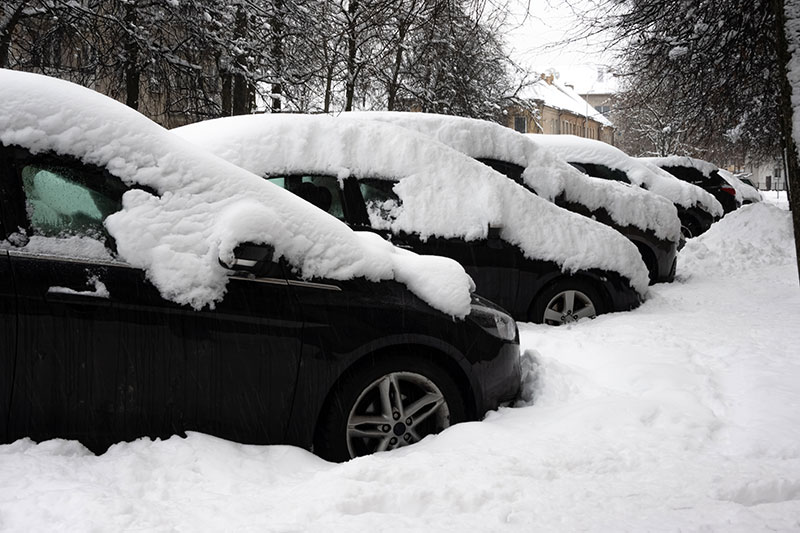
Overview of Challenges Posed by Winter Conditions
Many don't realize the myriad challenges that winter conditions pose to your vehicle's paint. Cold weather and road salt can wreak havoc on your car, leading to issues like corrosion and surface damage.
Snow and ice aren't just inconvenient - they can create a harsh environment that makes maintaining your car's appearance difficult. Your vehicle faces constant exposure to abrasive elements, and without proper care, its paint can suffer long-term effects.
A careful wash with automotive soap removes these contaminants, setting the stage for effective paint protection. Degreasing after washing is also imperative, as it guarantees better adhesion of any protective coatings you choose to apply.
In winter, surface preparation becomes even more critical. Without it, waxes and sealants won't adhere properly, leaving your vehicle vulnerable. The right preparation methods help safeguard against the damaging effects of winter, preserving your car's paint and extending its life.
Understanding Winter Conditions
When winter hits, your car's paint faces unique challenges from cold temperatures that can cause it to contract, leading to cracks and peeling. Moisture and snow add to the problem, creating conditions that promote rust and surface degradation. Understanding these issues is essential for preventing damage and maintaining your vehicle's appearance throughout the colder months.
Effects of Cold Temperatures on Paint
Cold-weather conditions can greatly impact your car's paint, leading to a range of issues if not properly addressed. One of the primary concerns is the effect of low temperatures on paint application and durability.
When temperatures drop below certain temperature thresholds, paint can become more viscous, making it challenging to apply evenly. It's essential to guarantee that the paint and the vehicle's surface are within the recommended temperature range for ideal results.
Applying paint when the surface temperature is too low can cause poor adhesion and lead to peeling or chipping over time. Additionally, cold temperatures can prolong the drying process, resulting in a compromised finish.
To prevent these issues, consider warming your vehicle or parts in a controlled environment before painting. This helps maintain the necessary temperature thresholds for effective paint application.
Another factor to watch out for is thermal shock. Sudden changes in temperature can lead to condensation forming on your car's surface, hampering paint adhesion and causing blemishes.
Always aim to paint when conditions are stable and the temperature is at least a few degrees above the dew point to prevent these problems. Proper temperature management guarantees your car's paint remains protected and pristine.
Impact of Moisture and Snow on Exterior Surfaces
During winter, moisture and snow can wreak havoc on your car's exterior surfaces, leading to potential damage if not properly managed. The combination of water, ice, and road salt can erode your paint and create openings for rust. To guarantee surface protection, you must pay attention to how these elements interact with your vehicle.
First, regular washing is essential. It removes corrosive salt and dirt that accumulate, especially after snowstorms. Use a car-specific soap and rinse thoroughly. Dry your car with a microfiber cloth to prevent moisture from sticking around.
Applying a protective layer of wax will further safeguard your paint by creating a barrier against the elements. Waxing should ideally be done at the beginning of the season for ideal surface protection.
Additionally, be mindful of how you clear snow. Avoid using hard tools like shovels or ice scrapers directly on painted surfaces, as they can cause scratches. Opt for a snow brush with soft bristles to gently remove snow without damaging your paint.
Finally, if possible, keep your car covered or stored indoors. This reduces direct exposure to harsh winter conditions and extends the life of your car's paint.
Common Paint Issues During Winter, Such as Peeling and Cracking
Winter's harsh conditions can lead to common paint issues, such as peeling and cracking, that compromise your car's appearance and integrity. To guarantee paint preservation, it's essential to address these problems promptly.
Cold temperatures, road salt, and moisture all contribute to paint deterioration. When left unchecked, these factors can cause the paint to lose adhesion, leading to peeling. Cracking may occur as the paint expands and contracts with fluctuating temperatures, further exposing your vehicle to potential damage.
To combat these issues, start by washing your car regularly to remove salt and dirt that can accelerate paint damage. Use a specialized car soap and a pressure sprayer to avoid scratches. Inspect your vehicle for scratches and chips, as these openings can invite rust and exacerbate peeling. Patch them immediately for ideal paint preservation.
Be mindful of your cleaning methods. Avoid using ice scrapers on painted surfaces and choose soft snow brushes to prevent micro-abrasions. Waxing your car at the start of winter creates a protective barrier against the elements.
If possible, keep your vehicle covered or garaged to shield it from harsh environmental conditions. By taking these steps, you'll protect your car's paint throughout winter.
Maintenance Tips for Winter
Once your vehicle's paint is prepared for winter's harsh conditions, maintaining that pristine look requires regular attention. Winter readiness means committing to a routine that keeps your car's exterior protected and looking its best.
Start by washing your car every couple of weeks, or after major storms, to remove salt and grime that can damage the paint. Use vehicle-specific soap and a pressure sprayer to clean effectively without scratching. Follow up with a microfiber cloth and spray wax for an added layer of protection.
Inspect your car regularly for scratches and chips. Even small imperfections can allow rust to develop, so address them immediately. A professional touch-up can safeguard your paint and prevent costly repairs later.
Be mindful of your cleaning tools during winter. Avoid using shovels or ice scrapers on painted surfaces. Instead, opt for a snow brush with soft bristles to prevent micro-abrasions.
Conclusion
So there you have it, winter paint maintenance-the thrilling saga of soap, wax, and soft brushes. Who knew that keeping your car's paint in tip-top shape could be the highlight of the season?
Just think, while others enjoy cozy firesides and hot cocoa, you'll be out there inspecting scratches like a detective on a mission. But hey, at least your car will look fabulous while braving the icy tundra. Stay vigilant, paint protector extraordinaire!
FAQs (Frequently Asked Questions)
How Do I Choose the Right Additives for Winter Paint Maintenance?
- You'll choose the right additives by considering additive selection based on drying times, temperature requirements, and application needs. Opt for additives that enhance performance in colder conditions and guarantee proper storage to maintain effectiveness.
What Are the Signs of Thermal Shock on Car Paint?
- Have you noticed paint blistering or cracking on your car? That's thermal stress at work. Watch for sudden color changes and peeling, as these indicate your paint's struggling with expansion and contraction due to temperature fluctuations.
How Does Snow Affect Car Paint Differently Than Rain?
- Snow impacts car paint by trapping dirt and salt, leading to corrosion. Unlike rain, snow requires removal methods that can scratch if done improperly. Use soft tools to prevent damage and keep paint protected and clean.



